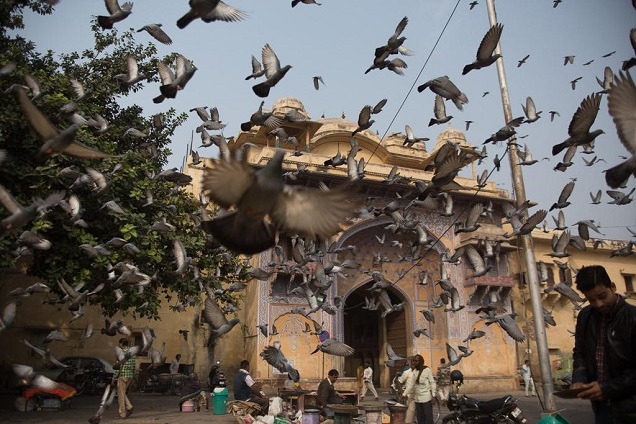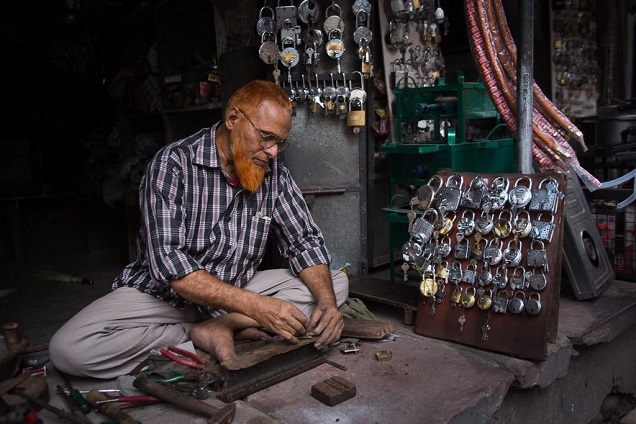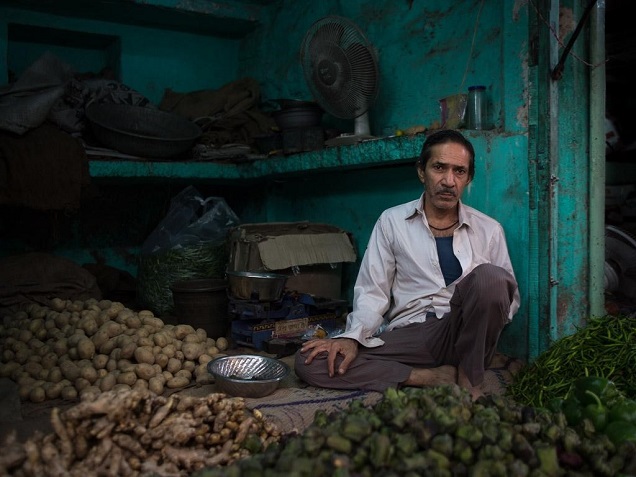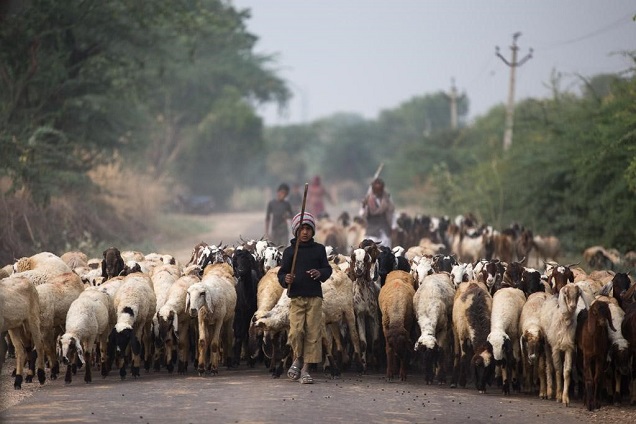
But like many beginners, I stuck to shooting easy subjects: Nature, landscapes, and buildings. Landscapes and buildings don’t judge you. You don’t need their permission.
But it’s in the people and the streets that the soul and culture of a destination is really found. Landscapes may vary from country to country, but the faces of people tell the true stories.
Street photography key #1: “Could I take your photo, please?”
My perception of street photography changed when I lived in Asia, and especially after I visited India for the first time. India is a street photographer’s paradise. There’s something happening at every angle you look at, and, more importantly, people are very open to being photographed, making it easy to interact and overcome the shyness of asking.
Sometimes, random strangers even approached me to ask if I could take their photos!
Of course, usually the photographer has to take the step to ask permission. It definitely is intimidating. But in reality, what’s the worst that’s going to happen? If the person refuses, I thank them for their time and move on. There will be countless other opportunities.
Surprisingly, most people are open to being photographed, if asked nicely. The chances increase even more if you’ve interacted with the person a bit before taking out the camera.
Street Photography Key #2: Take Environmental Portraits
There are different ways to take portraits of a person and tell their story. To me, simple headshots are great, but I find them incomplete. Could you guess the profession or the location of your subject by just looking at the face?
My favorite way of capturing portraits is by including the immediate surrounding, to add more elements that will allow the viewer to tie the story together. They are called environmental portraits. You include your subject in their environment, like a teacher in a classroom, a fisherman by the sea, or a busy mother at home.
Street Photography Key #3: Patience
When I approach someone for a portrait, the first thing they do is look straight at the camera, flash a (sometimes toothy) smile and maybe even a peace sign. I let them pose the way they want and take the headshot photo, which I show to them from the back of my camera. This makes them happy and satisfied.
But the trick to getting the better photos is to wait a little longer. Most people will return to their task and ignore you and your camera. That’s when you continue shooting again and get the environmental shots you were waiting for, resulting in more natural images.
Here are a couple examples:
Travel Photography Resources
5 Dos and 2 Don’ts for Travel Photography
Take Great Photos And Get Paid More For Your Travel Articles
Turning a Photography Hobby into a Monthly Income
The Pros Of Selling Your Images As Stock Photography
16 Mobile Photography Tips And Tricks Every Photographer Should Know






